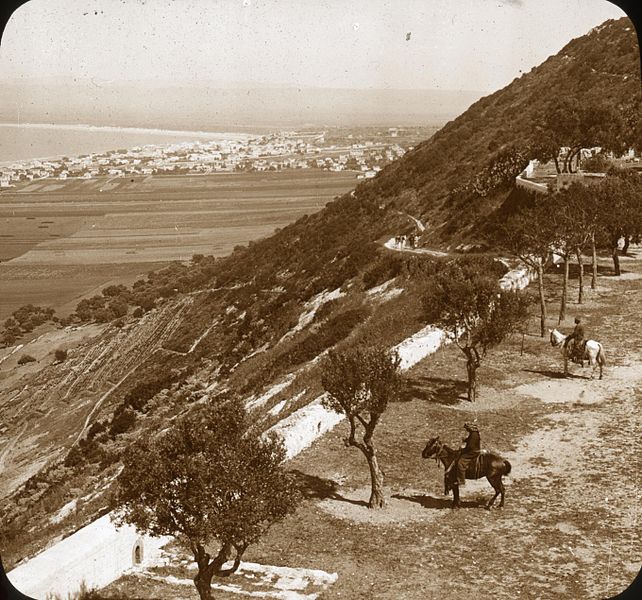
Plowing ahead . . .
The other mission entrusted by the First Presidency to Elders McKay and Cannon was, somehow, to get in contact with President Joseph W. Booth. They needed to reorganize the surviving members of the Church in the region, and without his language skills and his knowledge of the areas and the members, it would be virtually impossible for them to do so. They absolutely had to find him. Yet this was a very difficult proposition. President Booth was always in motion, and they had no idea whatsoever of how to get in touch with him. They contacted the U.S. consul at Aleppo, Syria, but this did not seem to help much. A cable from European Mission headquarters told them that President Booth was somewhere en route to Aleppo, but this meant that he could still be anywhere. Nonetheless, after a series of inspired changes in plan, the two representatives from Salt Lake City literally ran into President Booth on a train bound for Haifa. Their mission had been a success.
Among the steps upon which the Church leaders agreed was the removal of the entire branch at Aintab to the safer city of Aleppo during the last two months of 1922. For the next five years, President Booth would devote himself to caring for the needs of these members, with little or no time left over for proselyting. He still dreamed of a Latter-day Saint colony in the Near East, and perhaps he consoled himself that his work with the Saints at Aleppo was at least a step in that direction. Even that dream, however, was soon to die. In early 1927, Dr. Franklin S. Harris arrived in the Near East on assignment from the First Presidency, with specific instructions to evaluate the feasibility of establishing a Mormon colony in the Holy Land. His report was not encouraging. He found that only twenty of nearly two hundred members of the Church in Palestine were able to support themselves. Furthermore, those who were productively employed had industrial skills, rather than the agricultural skills that would be necessary to create the kind of Mormon settlement that had long been envisioned. Dr. Harris could not in good conscience recommend that the project be pursued any further. The dream of an agricultural colony for Latter-day Saints in Palestine was dead.
In October 1927, Elder James E. Talmage of the Council of the Twelve, who was serving as president of the European Mission at the time, arrived at Aleppo to work for a season with President Booth. Together, they purchased a mission home in Haifa, on the corner of Carmel and Allenby Streets. American missionaries, President Booth was directed, should establish themselves in respectable quarters in Haifa rather than living, as they had been, like refugees in the relatively backward city of Aleppo. A new focus for the work was in order. Syria and Turkey had simply failed to produce the number and quality of self-supporting converts that had been expected, and it was felt that a transfer of the missionaries to Haifa would allow for greater emphasis on work within Palestine and among the better-educated European population there.
Posted from Fredericksburg, Virginia










